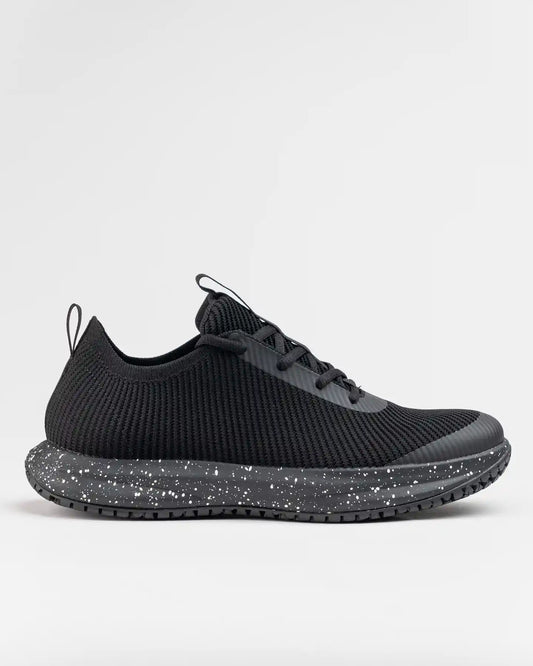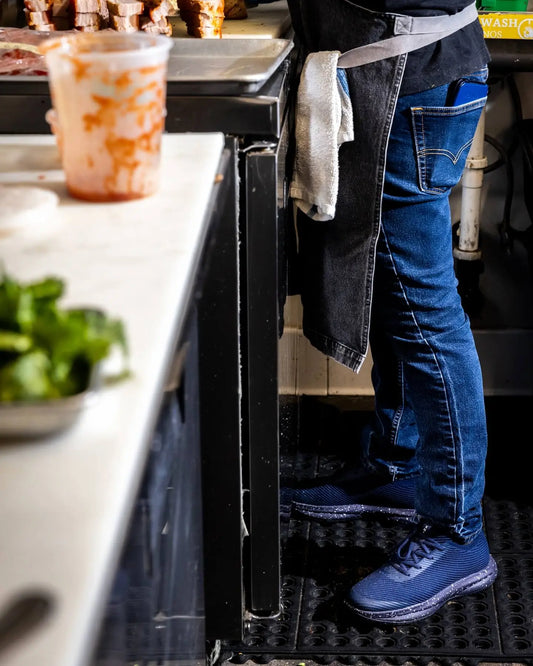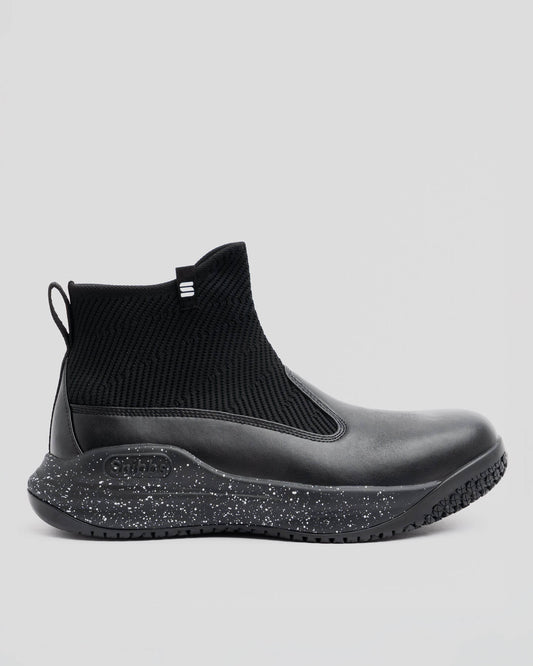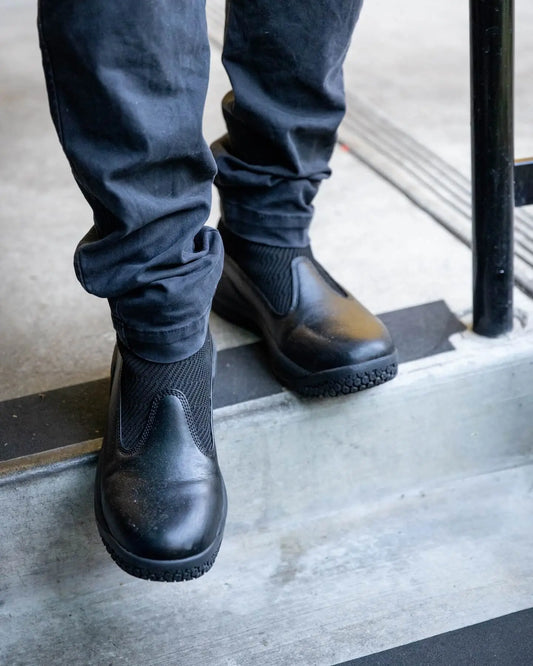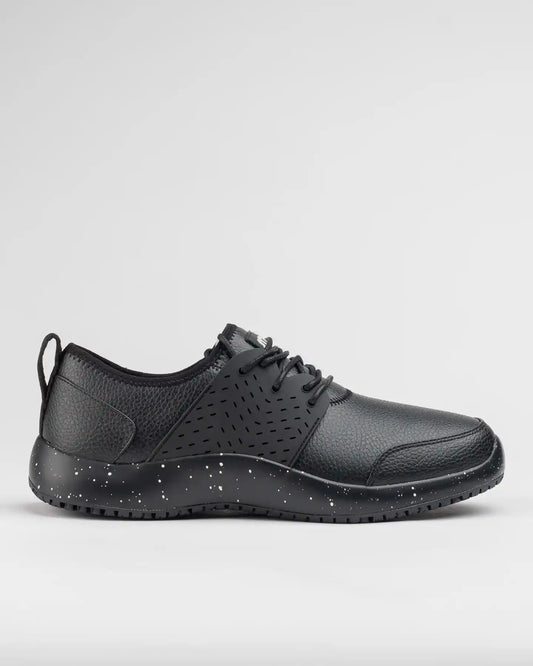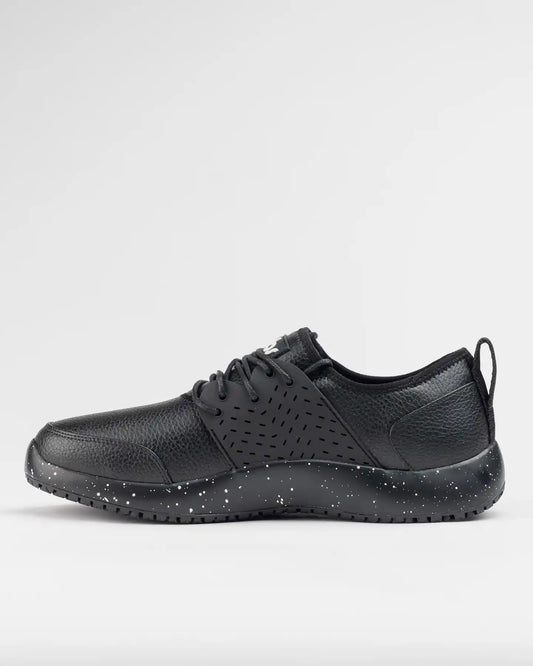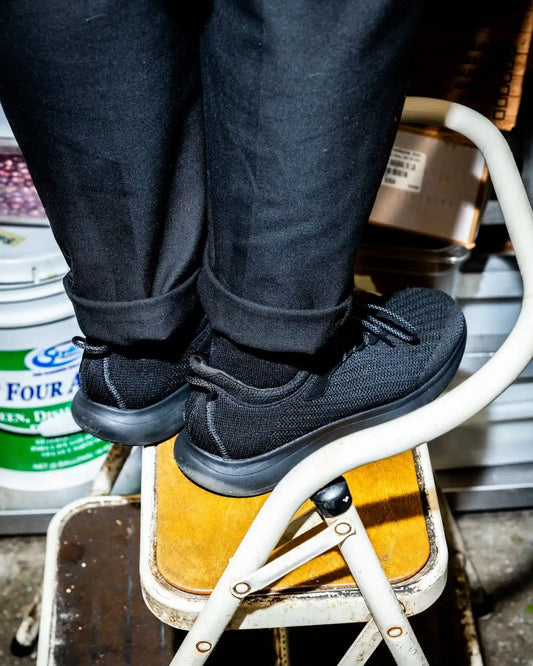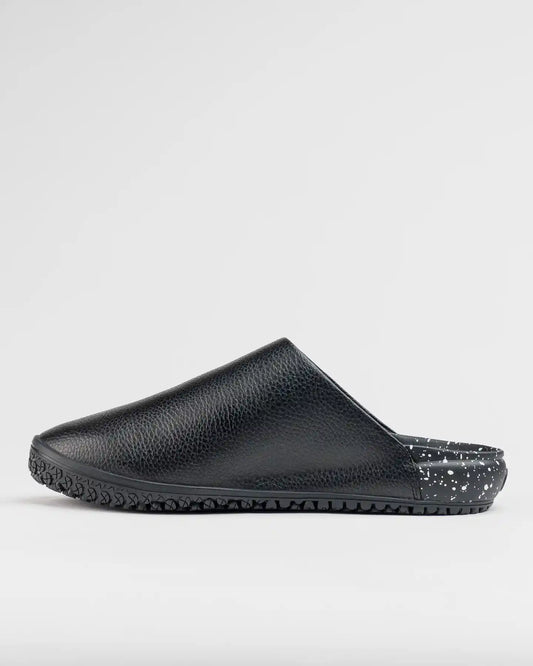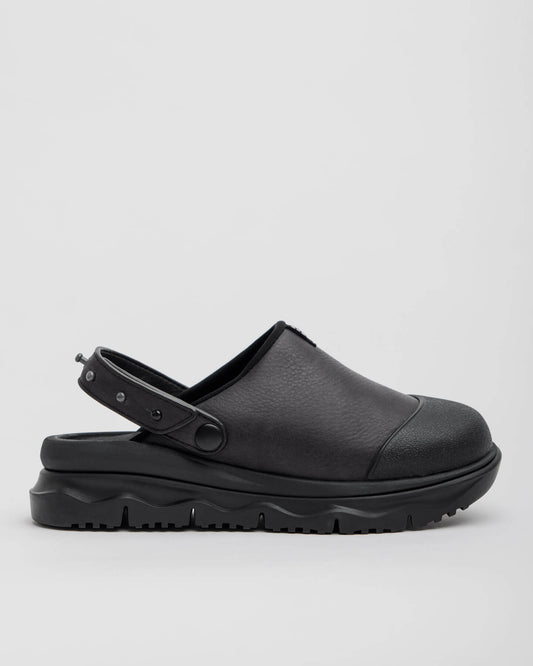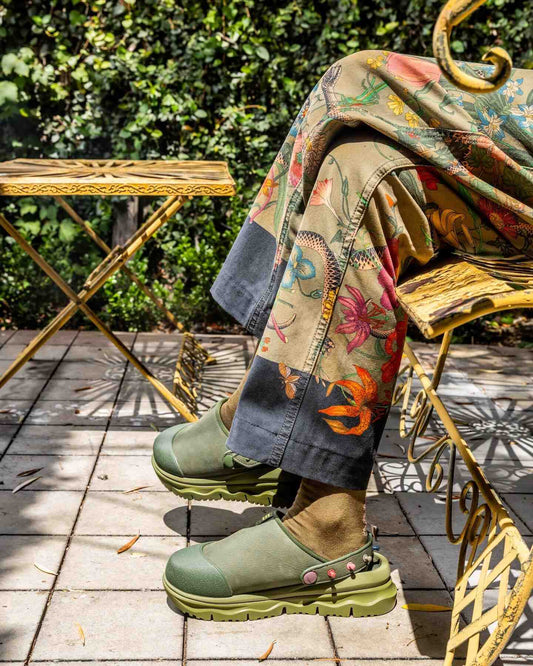Water-Repellent vs. Waterproof Shoes
Klaudia Habek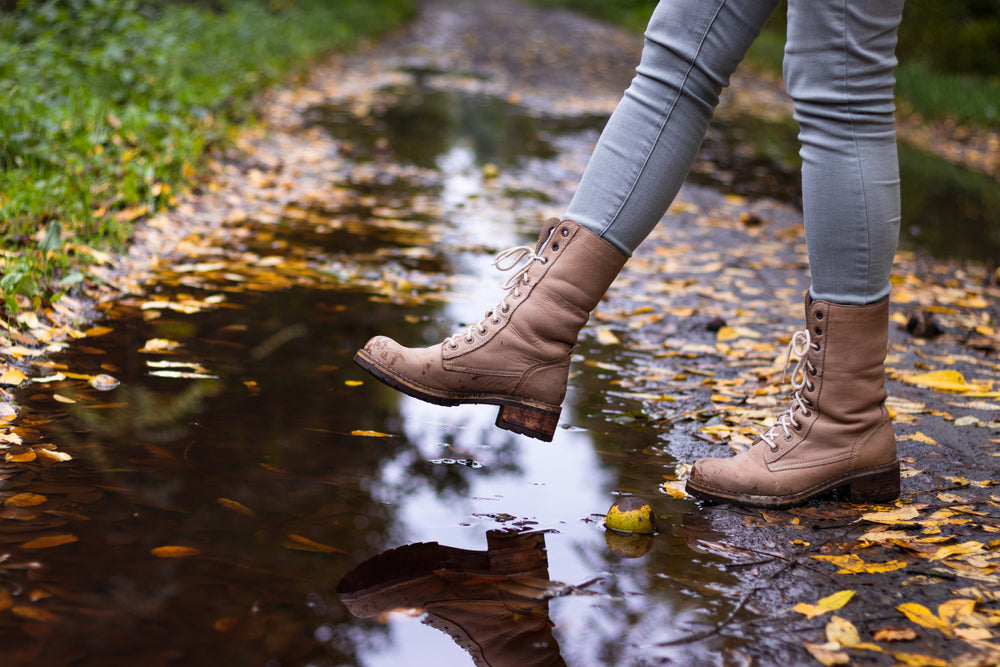
Got caught in the rain with shoes that don’t keep your feet dry? There’s nothing more uncomfortable than getting your shoes, and socks, wet. With so many types of shoes available it’s easy to get confused when trying to decide which best suits your needs, especially when deciding between water-resistant shoes and waterproof shoes.
In the world of footwear, there’s a huge difference between water-repellent vs. waterproof shoes. While both styles protect against moisture, they don’t provide the same level of protection. Water repellent shoes are designed to repel water, while waterproof shoes are designed to keep water out completely. The shoes you should need will vary depending on what activities you are participating in.
Let’s explore the two types of shoes to help you decide which one is right for you.
What are Water-Repellent Shoes?
Shoes that are labeled as water-repellent are made with a fabric that effectively resists and blocks water, meaning they will remain dry even in damp conditions.1 These types of footwear are great for everyday wear and activities. Shoes with water repellency shoes are also designed to be worn in moderate rain, but not in the heaviest storms or extreme conditions such as prolonged water exposure.
Shoes made to be water-repellent are generally crafted with synthetic materials such as nylon or polyester that are layered with a protective coating to keep any liquid from getting in. This layer also helps protect against dirt, mud, and other debris. They feature specialized fabric or other coatings to create a barrier between the foot and the elements. This type of protection usually wears off after a few months, so it’s important to replace the shoes when the repellency begins to fade.
What are Waterproof Shoes?
No matter what the weather is, waterproof shoes have been specially designed to ensure that moisture is kept at bay.2 This is because waterproof shoes use materials that are impenetrable and treated to prevent water absorption. Generally speaking, they are a better choice for activities such as hiking in wet or cold conditions or sailing. Many waterproof shoes are also slip-resistant and designed to provide traction and support on wet surfaces.
Regardless of the type of waterproof shoe, they’re typically created with a combination of fabric and water-resistant material, such as rubber, neoprene, synthetic leather, or vinyl, with a special coating that blocks out moisture and keeps your feet warm and dry. The rubber section of the footwear is commonly treated with a special waterproof material in order to avoid any liquid seeping through.
Comparing Water Repellent vs. Waterproof Shoes
Both water repellent and waterproof shoes are tailored to protect your feet from moisture, yet each have distinctive qualities that make them ideal for certain activities. Water repellent shoes are ideal for everyday use, as they provide a basic level of protection from light showers and splashes. Waterproof shoes, on the other hand, offer a higher level of protection against more intense and prolonged wet conditions.3
Water repellent shoes are typically made from materials treated with a waterproof spray or special coating to help their water resistance. This coating can wear off over time, so it’s important to reapply it regularly. These shoes usually have good breathability and comfort.
Waterproof shoes are designed with waterproof membranes or linings that act as barriers between your feet and the elements. These membranes are designed to keep moisture out while allowing heat and moisture to escape.
Caring for Water-Repellent and Waterproof Shoes
Caring for your water-repellent and waterproof footwear is an important part of getting the most out of them. Here are some tips for how to clean waterproof shoes:
- Clean off any dirt or mud: When caring for water-repellent and waterproof shoes, it is important to keep the outer materials clean. Use a soft brush or a dry cloth to gently brush away the dirt or mud, and then follow up with a damp cloth. For waterproof shoes, you should also check that the membranes are still intact and free of tears.
- Avoid using harsh cleaners: Harsh cleaners, detergents, or solvents can strip away the waterproofing and water-repellent materials when cleaning the shoes.
- Regularly treat your shoes: Regular cleaning with specialized products, like a waterproofing spray or wax, will ensure that your shoes remain waterproof over time.
- Store your shoes properly: Make sure to store your shoes in a cool, dry place. Heat and direct sunlight can degrade the waterproofing properties of the shoes over time.
- Keep an eye out for tears: To prevent any further damage, any existing wear and tear in your shoes right away. This will help maintain their waterproofing and water-repellent qualities.
With the help of these easy shoe care steps, you can make sure that your water-resistant and waterproof shoes remain in optimal condition.
The Sustainable Footwear Choice
Wherever your next adventure takes you, find support in our shoes. Whether it’s water and oil-resistant shoes for a wet terrain adventure or restaurant shoes to get you through your long day, we’ve got you covered at Snibbs.
We've crafted our footwear with flexible, adjustable fit, custom orthopedic insoles and non-slip outsoles for ultra comfort, all while prioritizing sustainable materials for shoes. The breathable fabric also ensures your feet stay dry no matter what your day throws at you.
Try Snibbs today for improved comfort.
Source:
- MasterClass. The Difference Between Waterproof and Water-Resistant Fabric. https://www.masterclass.com/articles/difference-between-waterproof-and-water-resistant
- HZO. Water-resistant vs Water-repellent vs Waterproof: What’s the Difference? https://www.hzo.com/blog/waterresistant-waterrepellent-waterproof-whats-difference/
- Medium. Yes, there is a Difference between Water repellent, Water resistant and Waterproof. https://medium.com/ride-run/yes-there-is-a-difference-between-water-repellent-water-resistant-and-waterproof-5999b53163fc

